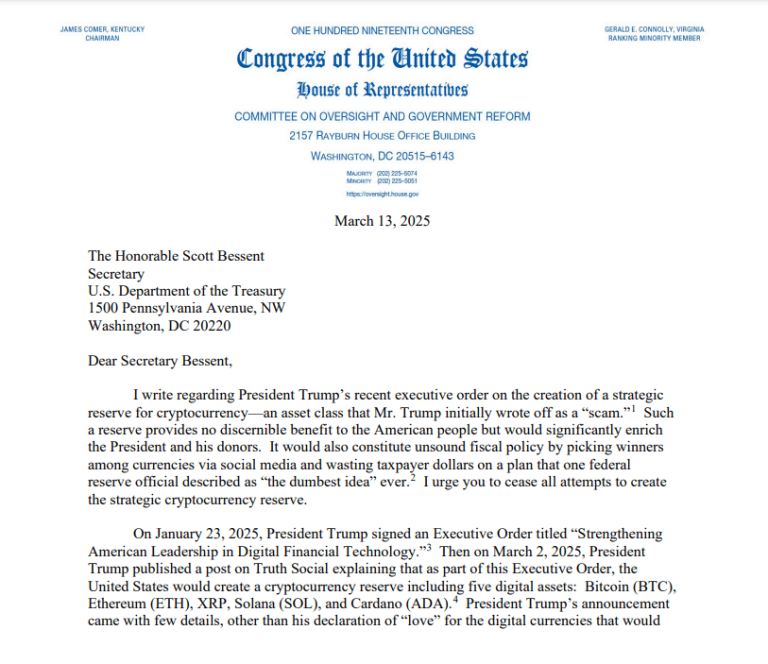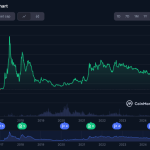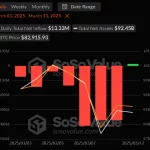DeFi’s evolution in the first quarter of 2025 is evident, showcasing maturation and growth despite yield compression on major lending platforms. Innovation at the market’s edges highlights the continued progress of DeFi.
The Great Yield Compression
Yields on major lending platforms have significantly decreased:
- The vaults.fyi USD benchmark has dropped below 3.1%, falling below the U.S. 1-month T-bill yield of ~4.3% for the first time since late 2023.
- Spark has implemented four consecutive rate cuts in 2025, reducing rates from 12.5% to 4.5%.
- Aave’s stablecoin yields on mainnet are around 3% for USDC and USDT, a decline from previous levels.
This yield compression signifies a cooling market with subdued borrower demand on major platforms.
The TVL Paradox: Growth Despite Lower Yields
Despite declining yields, stablecoin vaults have seen remarkable growth:
- The largest vaults on Aave, Sky, Ethena, and Compound have nearly quadrupled in size over the past year, reaching about $15 billion in deposits.
- TVL has grown more than 3x on Spark since the beginning of 2025.
Capital remains stable as yields have decreased, reflecting institutional confidence in DeFi protocols as legitimate financial infrastructure.
The Rise of Curators: DeFi’s New Asset Managers
Curation has emerged as a significant trend in DeFi lending, with platforms like Morpho and Euler introducing curators to manage lending vaults.
Curators act as DeFi asset managers, evaluating markets, setting risk parameters, and optimizing capital allocations for enhanced yields. They play a crucial role in managing capital deployment strategies across different lending opportunities.
Curators on platforms like Morpho and Euler handle risk management functions, selecting collateral assets, determining loan-to-value ratios, and implementing supply caps to optimize lending strategies and yield profiles.
Firms like Gauntlet, previously service providers, now manage significant TVL across multiple protocols, generating revenue and showcasing the potential for growth in this sector.

Successful curator strategies focus on accepting high-yielding collaterals at aggressive LTV ratios, like Pendle LP tokens, requiring advanced risk management for superior returns in the current market.
For example, USDC vaults on Morpho and Euler have shown higher yields than the benchmark, offering attractive base and inclusive yields.

Protocol Stratification: A Layered Market
The current market structure reflects a layered approach:
1. Blue-chip Infrastructure (Aave, Compound, Sky)
- Similar to traditional money market funds
- Offer modest yields with high security and liquidity
- Have attracted significant TVL growth
2. Infrastructure Optimizers & Strategy Providers
- Base Layer Optimizers: Platforms like Morpho and Euler enable greater capital efficiency
- Strategy Providers: Specialized firms deliver higher yields on top of optimizing protocols
This two-tier structure creates a dynamic market where strategy providers can enhance yields without building core infrastructure, offering varying yield opportunities based on protocol efficiency and strategy sophistication.
Users now navigate a complex landscape where protocol-strategy relationships determine yield potential, with blue-chip protocols offering simplicity and safety, while optimizing protocols and specialized strategies deliver competitive yields.
Chain by Chain: Where Yields Live Now
Ethereum mainnet continues to host top yield opportunities, including token incentives, despite the rise of L2s and alternative L1s. Ethereum’s persistent yield advantage is significant in a market where incentives often drive capital to newer chains.
Yields across mature chains remain low, with Base emerging as a secondary yield hub for attractive opportunities.
Newer chains with incentive programs show higher yields, but the sustainability of these rates is uncertain as incentives diminish over time.
The DeFi Mullet: FinTech in the Front, DeFi in the Back
Coinbase’s launch of Bitcoin-collateralized loans on its Base network using Morpho marks a significant development, showcasing the “DeFi Mullet” concept – integrating fintech interfaces with DeFi infrastructure.
This approach aligns with the trend of traditional FinTech companies adopting DeFi infrastructure while maintaining familiar interfaces, bridging the gap between traditional finance and decentralized solutions.
Looking Forward: Catalysts for the Lending Market
Several factors could reshape the lending landscape in 2025:
- Democratized curation: AI agents in crypto could enable broader access to customized risk-yield optimization.
- RWA integration: Real-world asset integration may introduce new yield sources less correlated with crypto cycles.
- Institutional adoption: Growing institutional comfort with DeFi could lead to significant capital inflows.
- Specialized lending niches: Highly specialized lending markets catering to specific user needs beyond yield generation.
The protocols best positioned for success will efficiently serve a diverse risk spectrum, catering to institutional capital and yield-seekers with advanced risk management and capital optimization strategies.









